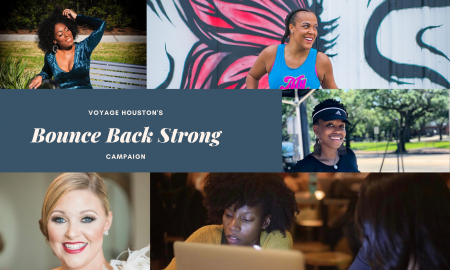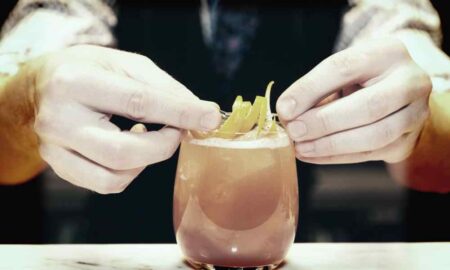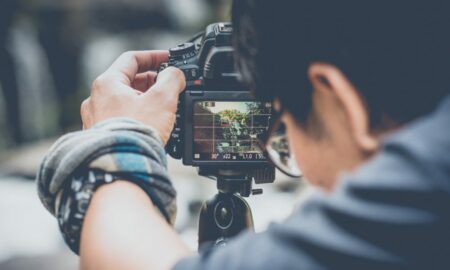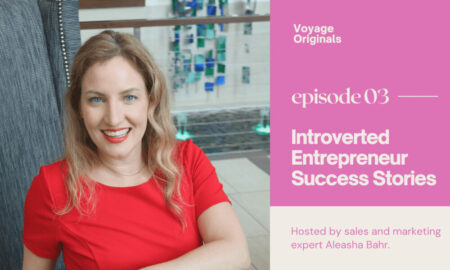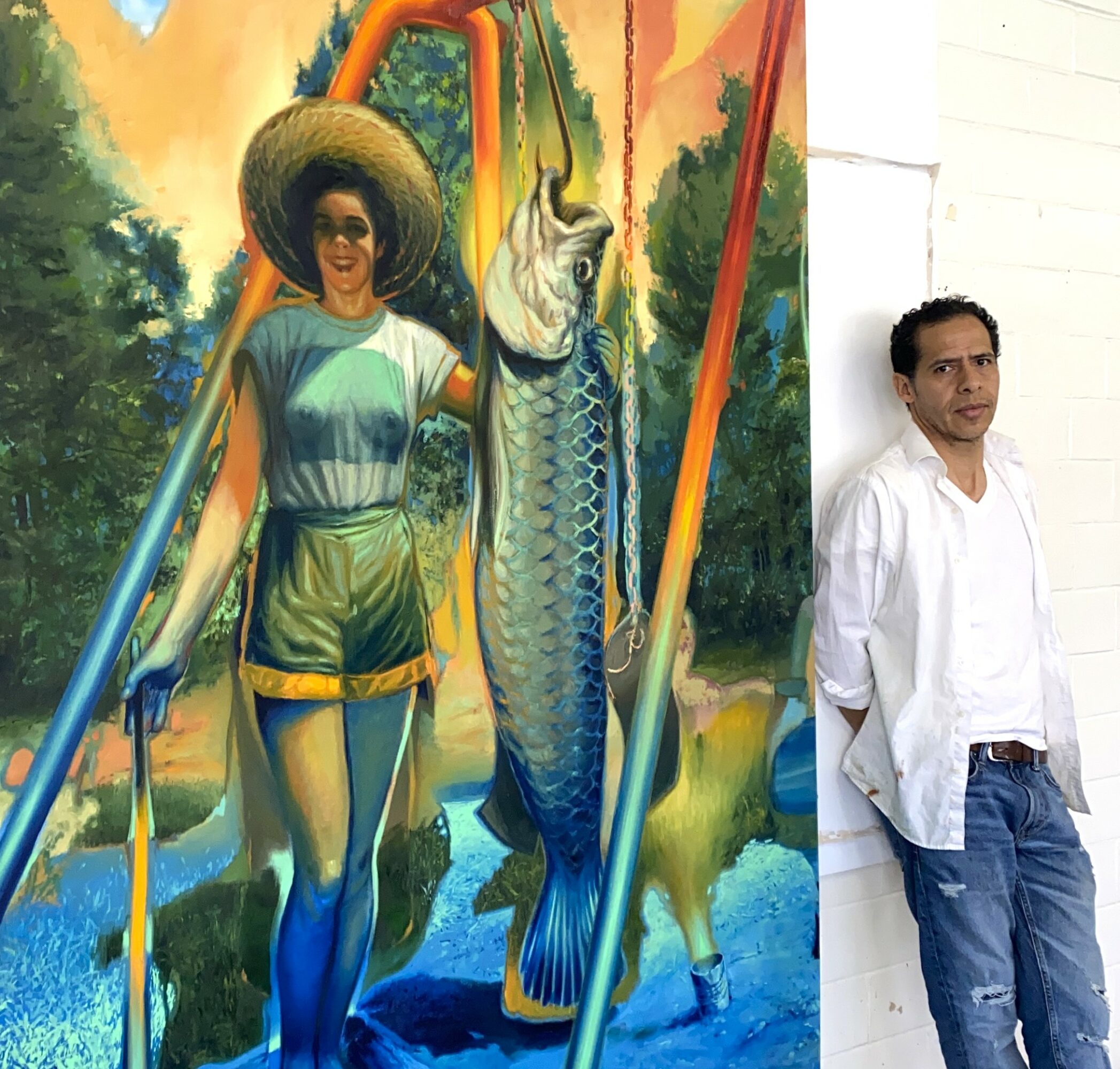

Edgar Cano shared their story and experiences with us recently and you can find our conversation below.
Edgar, really appreciate you sharing your stories and insights with us. The world would have so much more understanding and empathy if we all were a bit more open about our stories and how they have helped shaped our journey and worldview. Let’s jump in with a fun one: Who are you learning from right now?
I’m currently learning from my mentor, Per Anderson, an unstoppable researcher, artist, creative mind, and activist in the arts. He has built his own sources and systems for producing art, thought, and culture. What I continue to learn from him is the value of simplicity—how something minimal can be profoundly powerful.
Over the years, Per has developed an impressive body of work and founded an institution in Central Veracruz dedicated to printmaking, particularly lithography and handmade paper. Beyond his artistic practice, he has created an organization that connects communities and artists from around the world. Most importantly, he has established a system that helps young people engage with art as both creative expression and disciplined work, emphasizing knowledge, ethics, and dedication.
Can you briefly introduce yourself and share what makes you or your brand unique?
I’m Edgar Cano, a painter, draftsman, and lithographer originally from southern Veracruz, Mexico—where the Gulf of Mexico meets a vibrant artistic culture. I now live and work in the southern United States, where I serve as a full-time professor of art at Northwestern State University of Louisiana.
For over two decades, I have been building an artistic career that bridges both personal experience and cultural inquiry. My work has been recognized nationally and internationally, with awards such as the Adolph and Esther Gottlieb Individual Support Grant in New York and the South Arts Visual Arts Fellowship, both in 2025. I am also a two-time recipient of Mexico’s National System of Art Creators (FONCA/SNCA) fellowship, in 2014 and 2021. In Mexico, I was also awarded the painting prize Biennial Rufino Tamayo in 2016.
Throughout my career, I’ve presented twenty solo exhibitions and participated in more than fifty group shows across Mexico, the United States, Argentina, Canada, England, Italy, Japan, Serbia, and Sweden.
My work explores the strange edges of daily life, blending personal memories, archival materials, and photography into layered visual narratives. With a background in theater scenography, I treat the human figure as a central element of emotional resonance, much like an actor on stage. It becomes the anchor that holds my compositions together, balancing between reality and fiction to create a space where objectivity gently dissolves.
Currently, I’m developing a new body of small-scale drawings and paintings, as well as preparing a new lithography edition in collaboration with master printmaker Brian Kelly in Lafayette, Louisiana. At the same time, I’m completing a student-led printmaking edition supported by the FY25 Louisiana Project, continuing my ongoing dialogue between teaching, process, and artistic practice.
Great, so let’s dive into your journey a bit more. Who taught you the most about work?
Dr. Sergio López Ramos is both an old friend and one of the hardest-working people I know. He constantly reminds me that we are here to create meaningful achievements, and he embodies an incredible sense of willpower and work ethic.
He is the founder of the Center for Psychological Studies and Assistance, the Teotihuacán Zen Center, and the Jagüey Research Institute. Author of more than forty books on topics such as the history and physiology of the human body and the history of psychology in Mexico, he continues to work as both a researcher and practicing psychologist.
Beyond his professional accomplishments, he taught me something far more essential — how to breathe, observe, and remain alive and healthy without expectation or self-interest. I have known him for nearly twenty years, and his dedication, humility, and kindness make him an extraordinary human being.
Dr. López Ramos has built a respected institution and a graduate academy focused on health and alternative medicine in Teotihuacán, Mexico. In 2018, I had the honor of creating one of my first monumental artworks there — a mural commissioned by the Jagüey Institute for its main building.
To me, Dr. López Ramos is one of those rare people whose energy and presence make you feel as if he’s more than just human — a genuine force of life and purpose.
What did suffering teach you that success never could?
There have been many moments in my life and career when I’ve experienced both suffering and success, and I’ve come to see that they are always connected—two sides of the same process. But I’ve learned that suffering has a deeper flavor; it stays longer, and it asks more of you.
Suffering has taught me to dig inward, to find clarity and strength when things feel uncertain. It’s during those difficult periods that I truly question what I’m doing and why, and that reflection becomes part of my work. In my art, those experiences transform into images, gestures, and colors that carry a sense of vulnerability and persistence.
Success, on the other hand, feels lighter—it brings joy and recognition, but it doesn’t necessarily change me. Suffering reshapes my perspective; it makes me more patient, more aware of time, and more open to the quiet, imperfect beauty that appears in the studio when things don’t go as planned.
In the end, suffering has become a source of meaning in my art—teaching me that creation is not about avoiding pain but about turning it into something that can be shared, understood, and maybe even healed through the act of making.
So a lot of these questions go deep, but if you are open to it, we’ve got a few more questions that we’d love to get your take on. What’s a belief or project you’re committed to, no matter how long it takes?
I’m committed to my art—to the act of creating images that carry meaning beyond technique or appearance. For more than two decades, I’ve developed bodies of work, exhibitions, workshops, and artist talks, all guided by a single belief: that art itself is the project.
What matters most to me isn’t the perfection of the image, the complexity of the concept, or the refinement of the final touch—it’s the presence of the artwork itself, standing as a living object capable of telling its own story to anyone willing to look. Each piece becomes a small fragment of a larger narrative that I’ve been building over my lifetime.
I hope to keep creating for as long as I live, continuing to share how I see the world through exhibitions and projects that connect people to that quiet dialogue between image, memory, and emotion.
Okay, so let’s keep going with one more question that means a lot to us: What is the story you hope people tell about you when you’re gone?
I hope people say that I was a good painter—even when I didn’t fully know what I was doing. As artists, we often exist behind a veil of mysticism, intellect, or eccentricity, but in truth, I’ve always seen painting as something much simpler and more human.
I know a bit about painting and craftsmanship, but what I truly admire are those anonymous creators who, 30,000 years ago, drew and painted on cave walls—people who probably didn’t even realize the depth of what they were making. That quiet, instinctive act of creation is what I value most.
If I’m remembered at all, I’d like it to be as someone who loved life, who found meaning in making, and who appreciated being exactly where he was—alive, working, and part of something larger than himself.
Contact Info:
- Website: https://www.edgarcanostudio.com
- Instagram: @edgarcanostudio
- Twitter: @edgarcanostudio
- Facebook: @edgarcanostudio
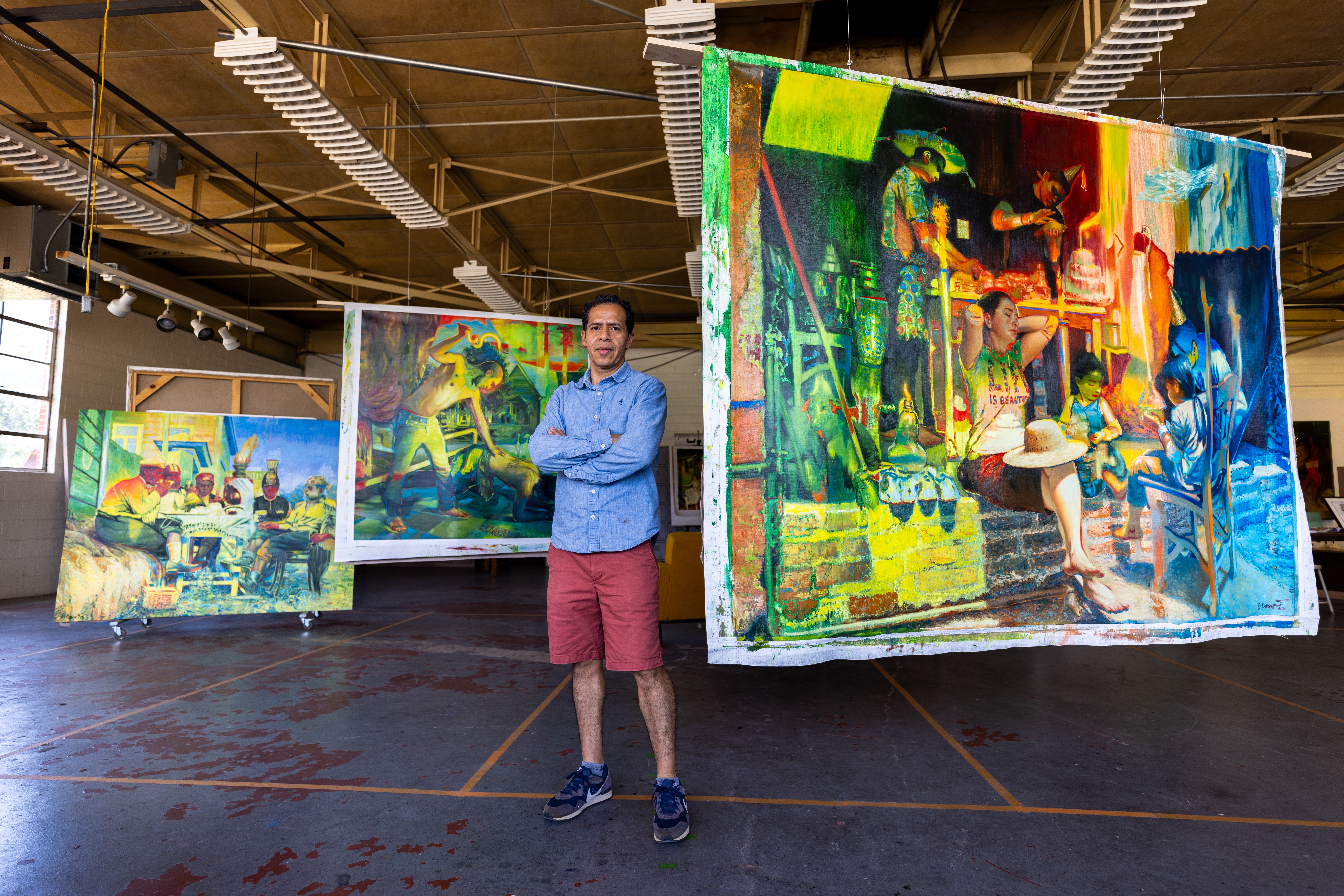
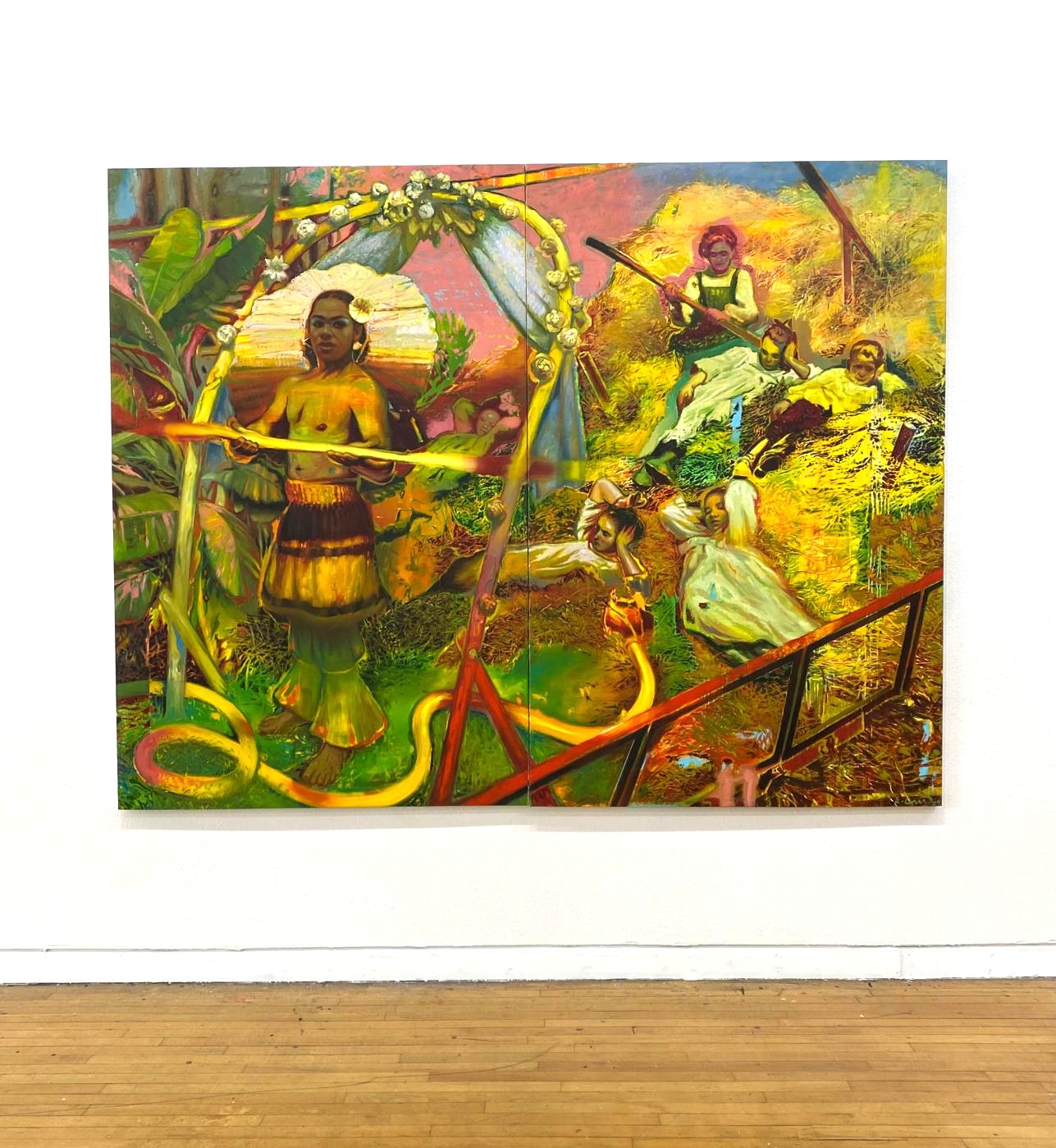
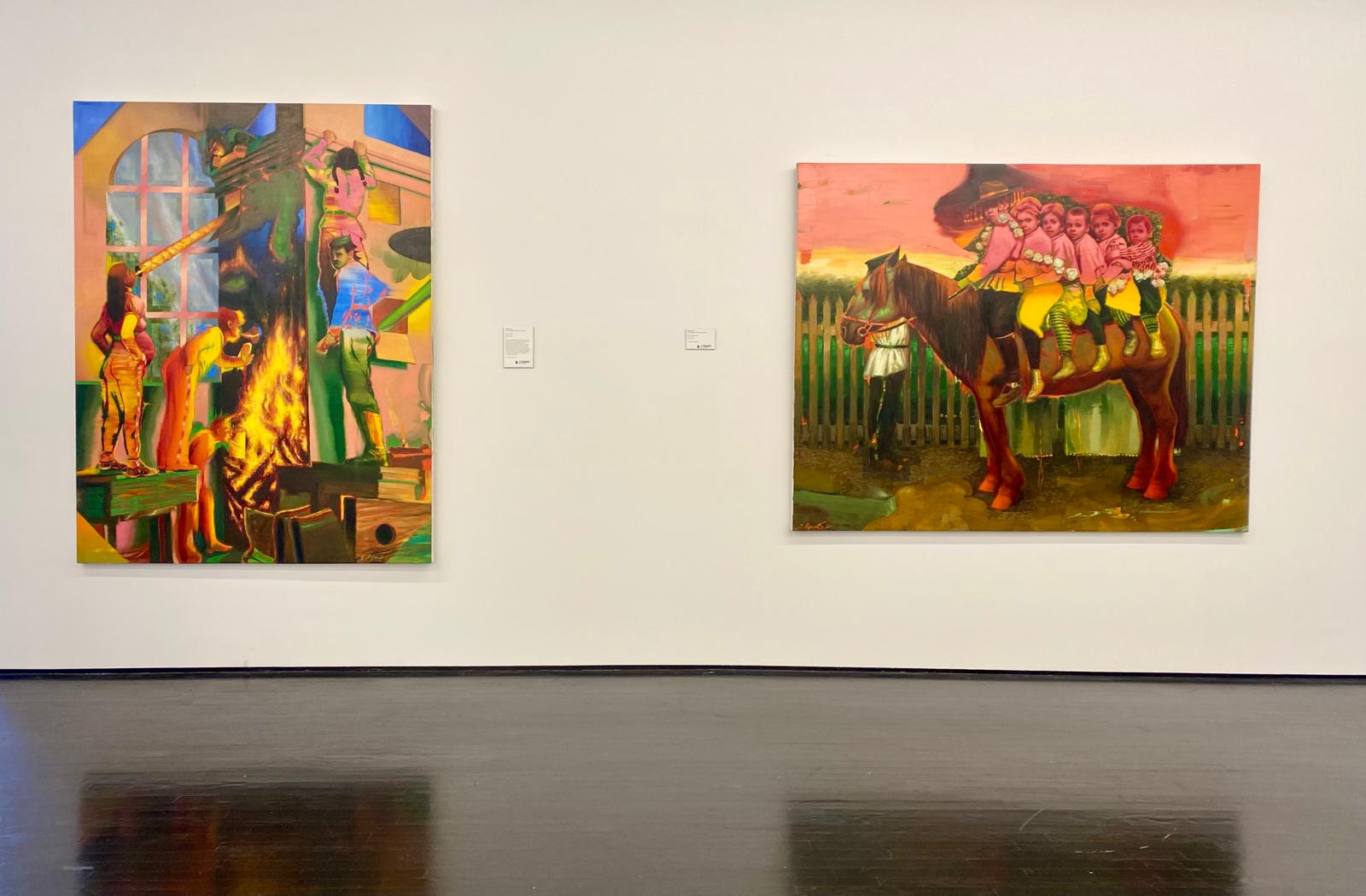
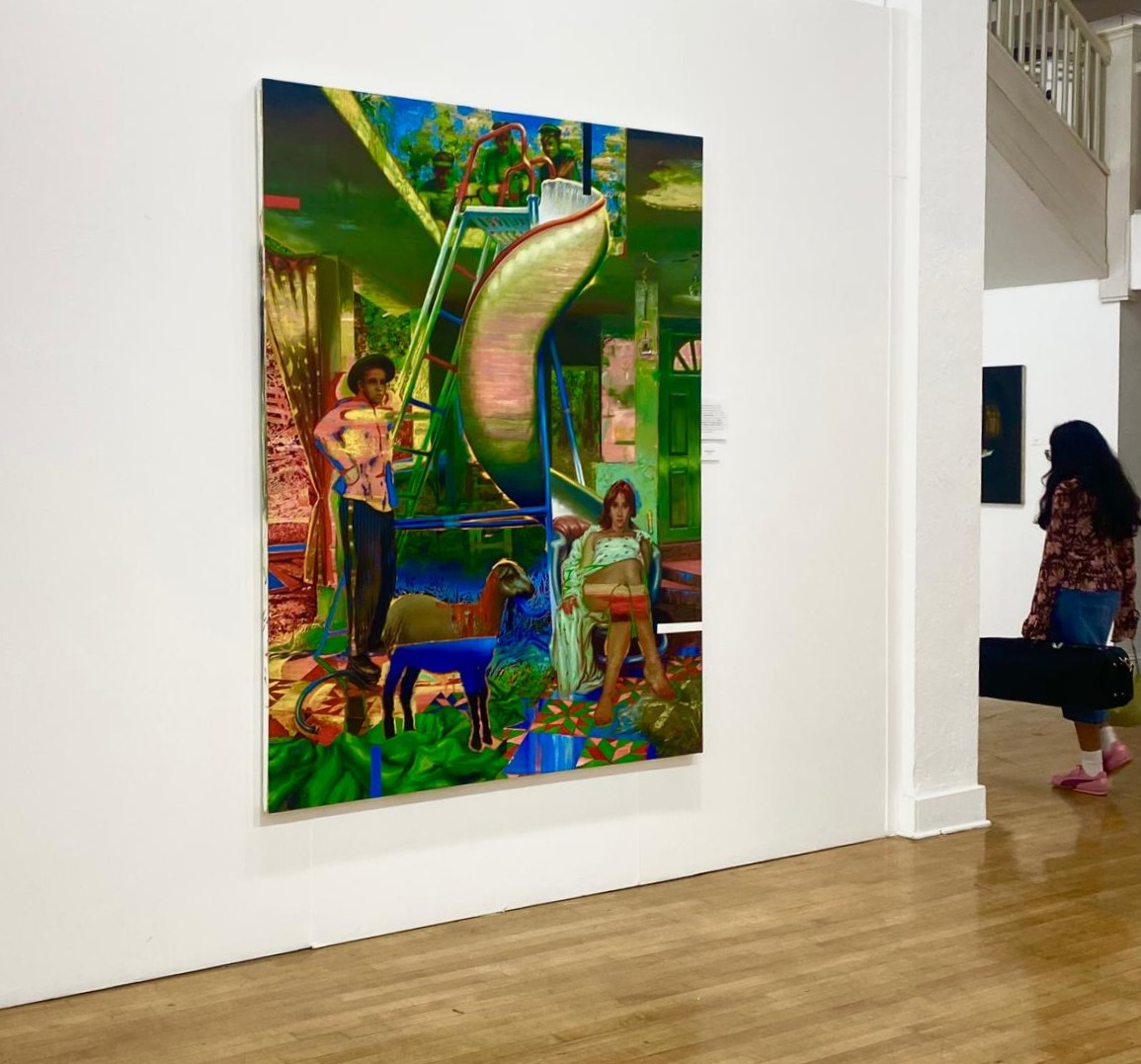
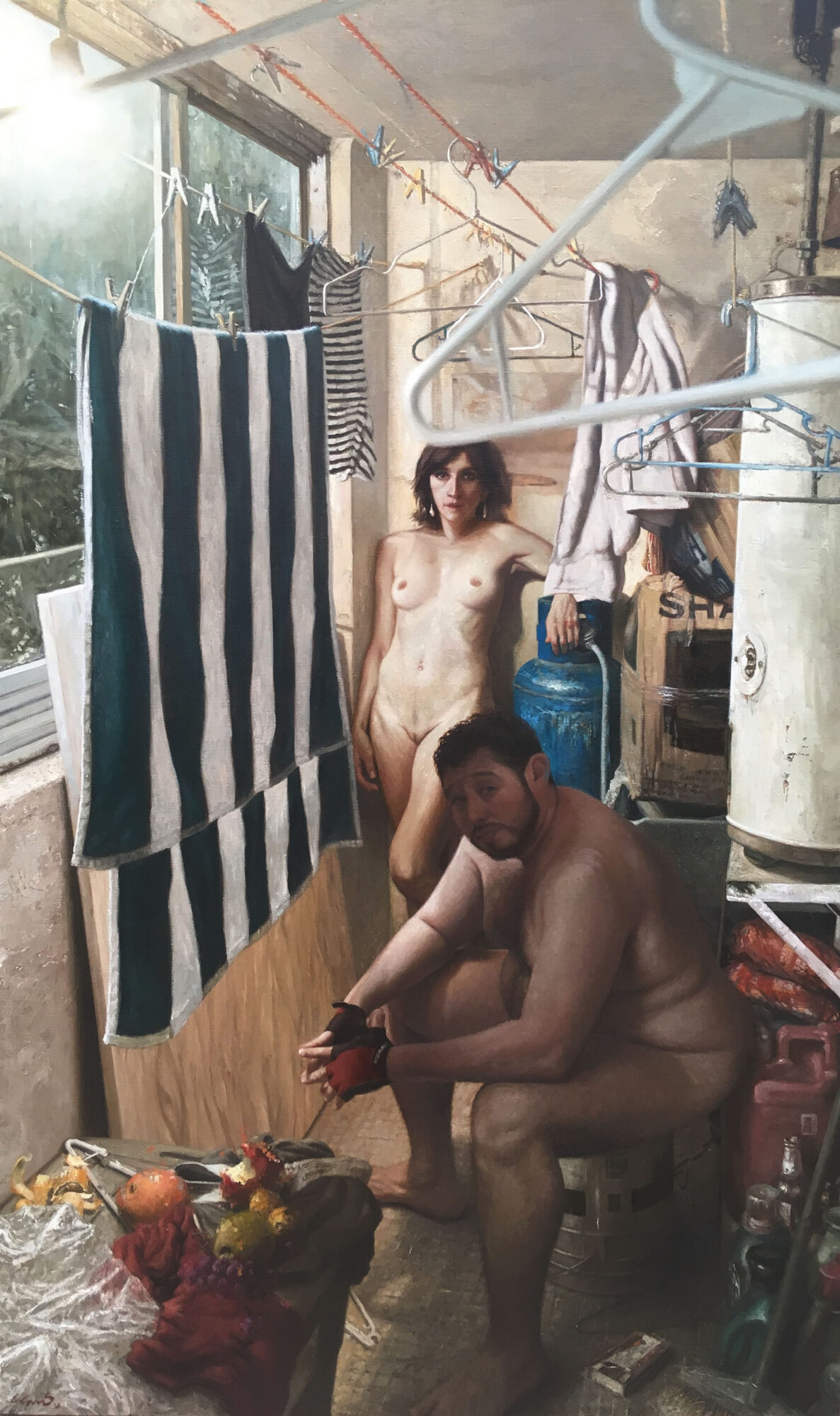
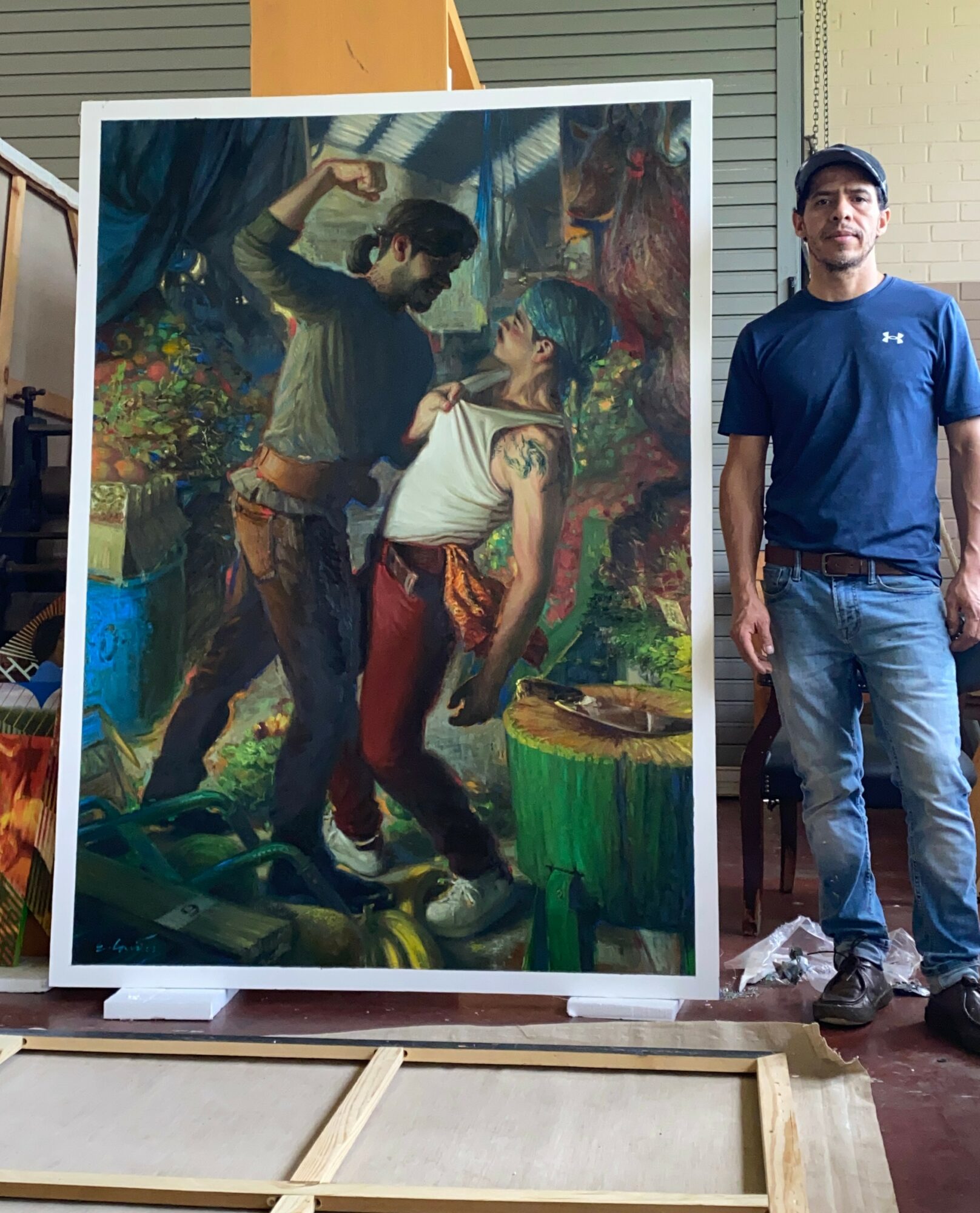
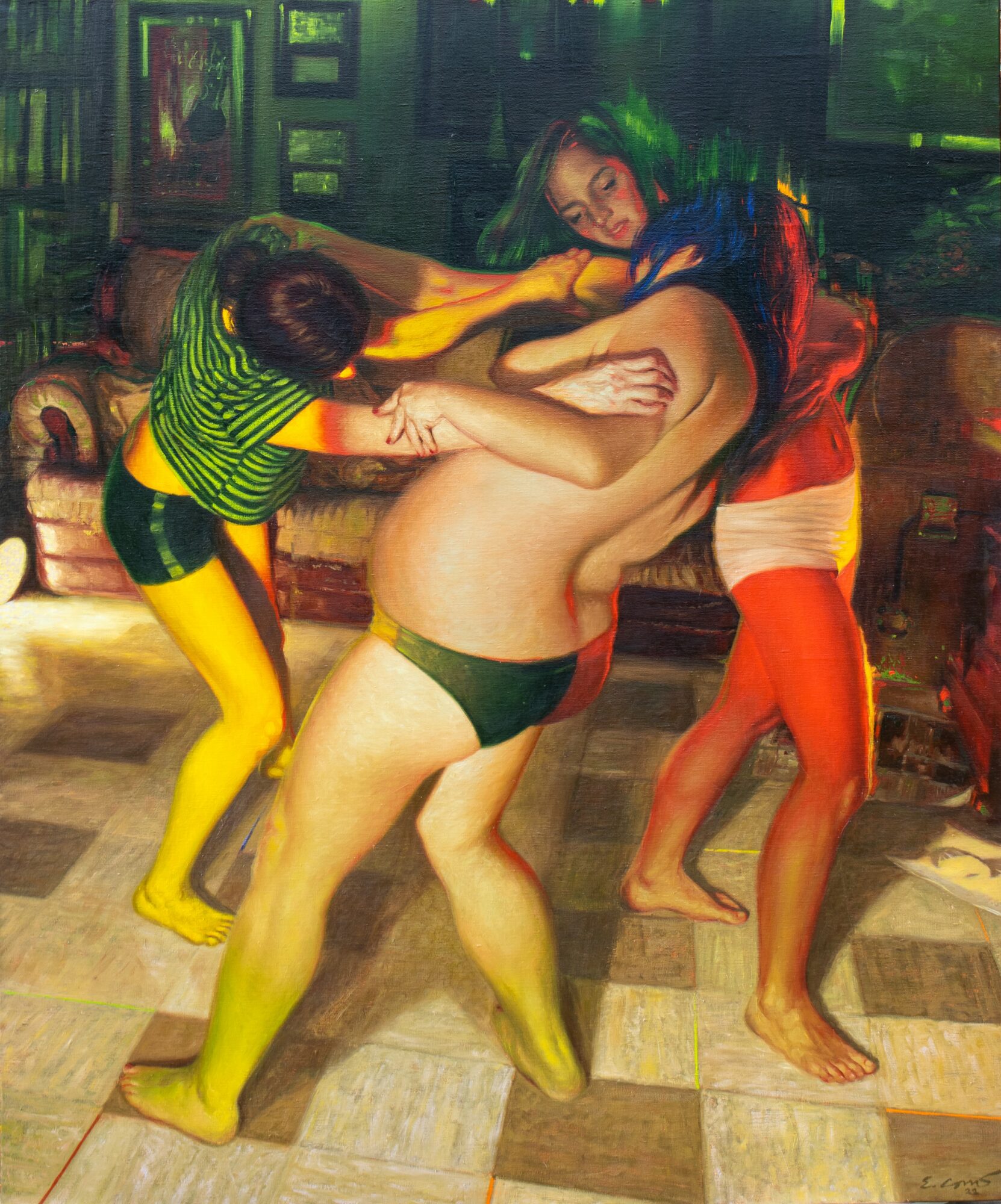
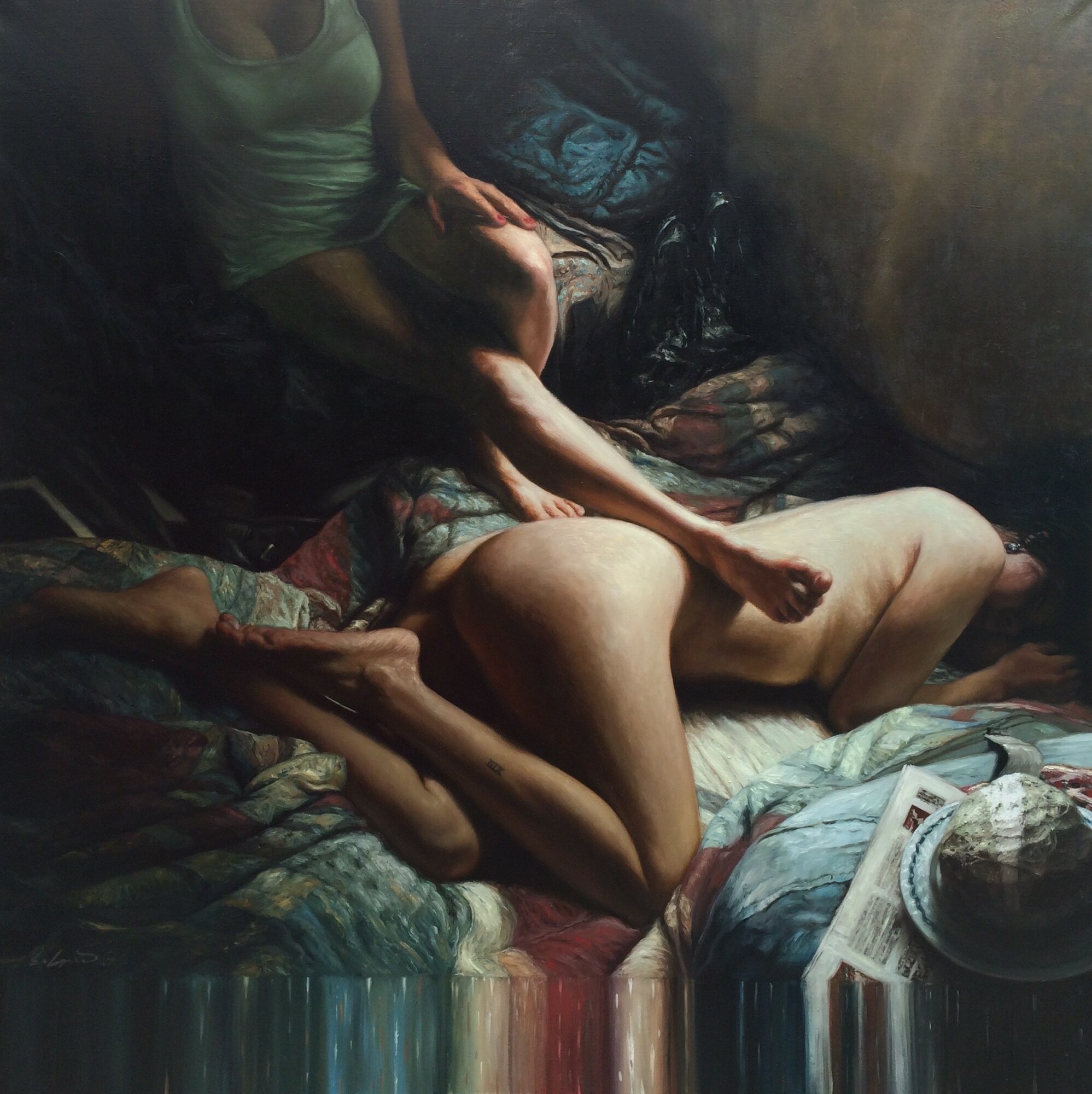
Image Credits
Edgar Cano Archives, Anna T. Poe


